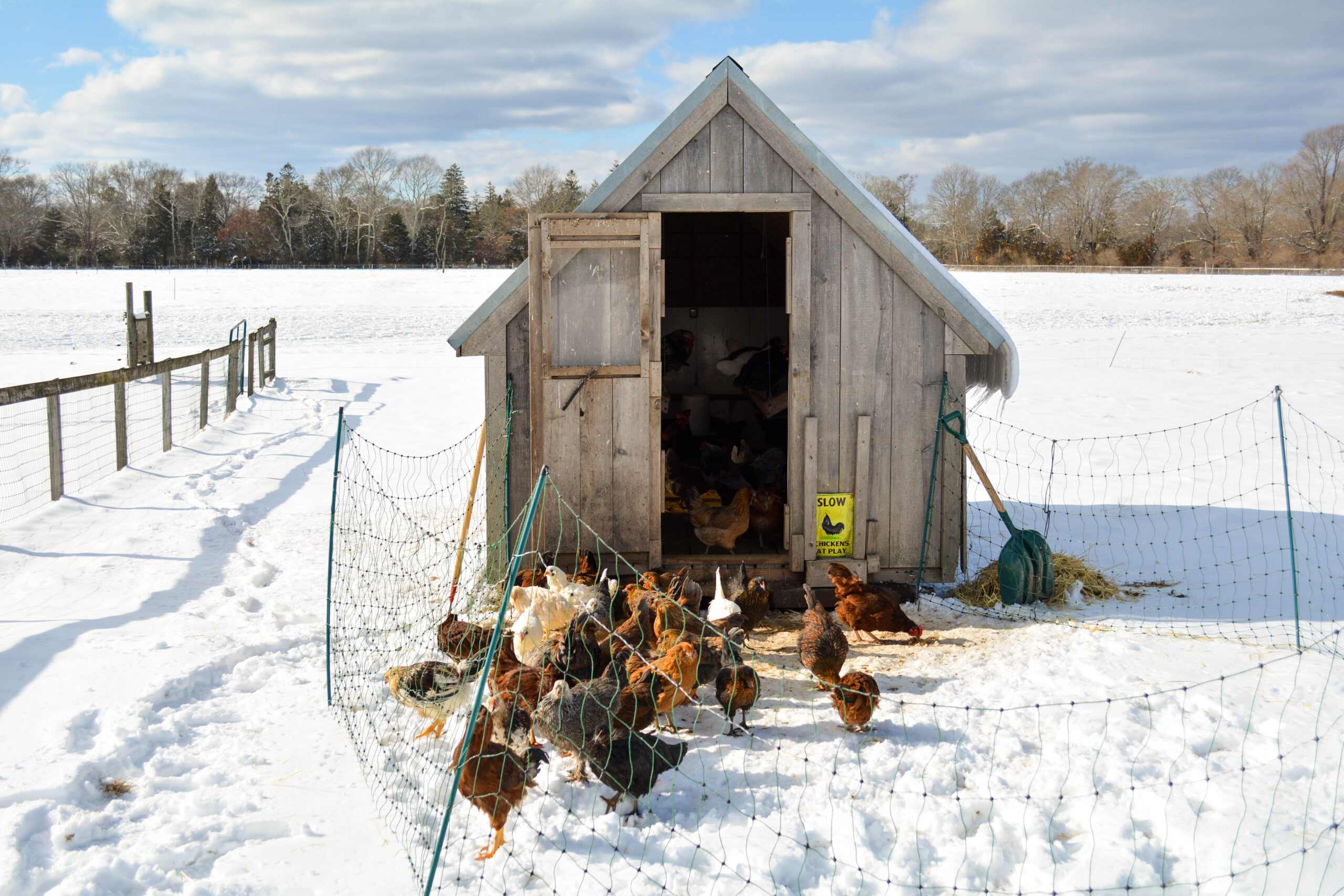Researchers have been studying microplastics in Narragansett Bay and their potential effects on marine wildlife.
According to University of Rhode Island Ph.D. Candidate Victoria Fulfer, microplastics are any plastic less than 5mm in size.
“It can be anything from the largest ones you can see, which are about the size of a small bead, and the smallest ones that you have to use a microscope to see,” Fulfer said.
In her research, Fulfer has studied microplastics on the seafloor from Providence to Narragansett Bay.
“We sampled the shoreline as well as the sediment under the water to see the concentration of microplastics,” Fulfer said. “We found really high concentrations throughout the bay.”
According to Fulfer, there are many sources of this plastic, from the single use plastics like cups and water bottles, to even some plastic waste from the fishing industry. Littering, as well as unintentional littering from sources like mismanaged waste also contribute to plastic ending up in the ocean.
“70% of what we found was really common plastic types like polyethylene and polypropylene, which are commonly used in single use plastic items,” Fulfer said.
According to Fulfer, it is difficult to pinpoint exactly what the biggest cause of plastic pollution in the ocean is, but researchers know that single use plastics are a big contributor.
“If, for example, a water bottle was to wash into the bay here, it would become very brittle because of the sunlight,” Fulfer said. “The UV degradation and saltwater degrades plastic as well so it becomes very brittle and continues to break down. That’s where we get a lot of our particles.”
Andrew Davies, a researcher at URI, studies plastics that travel through water sources.
“We focus on water borne particle transport,” Davies said. “This includes rivers, freshwater sources and reservoirs.”
He and his team use large platforms that get dropped to the sea floor. Then they can use imaging technology to see the environmental conditions.
“They may settle into the sea floor, or they may travel out far and wide into the ocean,” Davies said.
Plastic pollution in the ocean has negative effects on wildlife in these ecosystems.
“A lot of the science that has been done has been putting animals in tanks,” Davies said. Oysters, shellfish or other animals that filter water through their body to get food are used in these studies.
“Oftentimes people will put microbeads in, or extremely high amounts of particles in the tanks which would never happen in the natural world,” Davies said. “This is an emerging science, so there is still so much we don’t know.”
While there is still more research to be done, there has been recorded effects of what plastics in the ocean do to wildlife.
“They see negative impacts in things like growth rates or reproductive ability,” Davies said.
Researchers also question what components of the plastic cause harm to animals.
“We start to see that there is some nuance into action,” Davies said. “Maybe there are chemicals on plastics that are causing problems for organisms, or maybe it’s microabrasion of their feeding tract that gets damaged.”
The harm to organisms doesn’t stop at the wildlife residing in the water.
According to Davies, plastic pollution harms other organisms, like seabirds, which ingest large amounts of plastic they find in their habitat.
“In the case of larger organisms like seabirds for example, you have this whole process of forced satiation, where they’re eating plastics that are becoming lodged in their gut and giving them a sense that they’re full,” said Davies.
This can be deadly for seabirds, as they feel full, but starve because they are not getting enough nutrients as a result of the plastic in their gut.
“We know there are some significant and horrific impacts,” Davies said. “And we often write that there is a need for new research and new experiments that are designed well to provide answers to the questions we have.”
URI students can do their part in reducing the amount of plastic waste that makes it into the water.
Mismanaged waste and littering are two causes of plastic pollution.
“Do not litter and dispose of your materials responsibly,” Davies said. He also recommends students using reusable water bottles, or coffee mugs to lessen the amount of single use plastic they use.
Fulfer agrees that decreasing use of single use plastic products helps stop pollution.
“What we have found in sociology research is that small changes in habits like choosing to use a reusable mug or bag changes other habits and has a nice cascading effect,” Fulfer said. “Even though it might seem like a small thing to refuse a straw, changing the way that you think about things can have a big impact.”
To help reduce pollution, students can choose reusable products over single use products. Also, it is important to dispose of waste properly by making sure it ends up all the way in the trash or recycling.
For more information on what to recycle and how, check out the Rhode Island Resource Recovery Corporation website.





